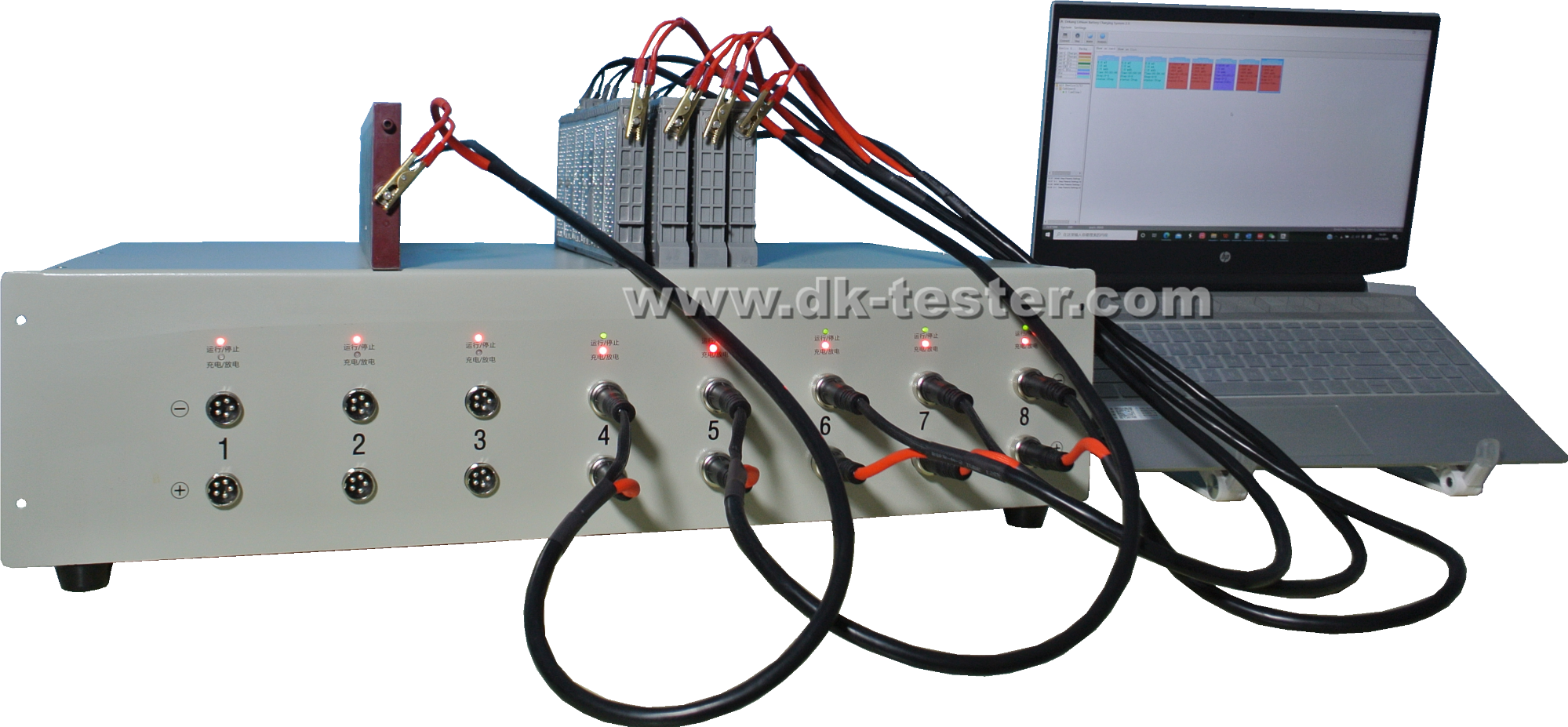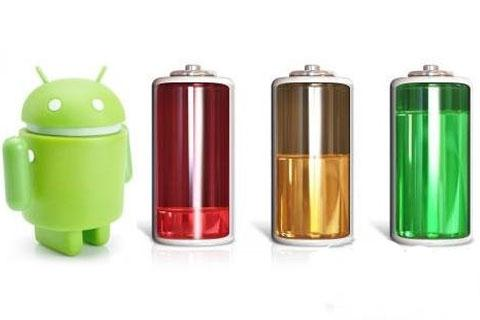Unlike lithium batteries, when sealed nickel-metal hydride batteries (Ni-MH) repeat incomplete charge-discharge cycles, the battery has a recoverable voltage drop and capacity reduction. For example, the battery is fully discharged and charged first, and then partially discharged to 1.15V and charged for several cycles. During the cycle, the voltage and capacity are gradually reduced, and then proceed fully discharging. The voltage at this time is lower than the voltage at which the battery is initially fully discharged. When the battery is discharged to the initial termination voltage, the full battery capacity is not released. This phenomenon is called voltage drop.
Because the battery seems to remember a lower capacity, it is sometimes called the "memory effect". However, after several cycles of full charge and discharge, the battery can be restored to full capacity, that is, the Ni-MH battery has a slight but recoverable "memory effect".
 Hybrid Car 7.2V/9.6V/14.4V NiMH Battery Module Charge-Discharge System
Hybrid Car 7.2V/9.6V/14.4V NiMH Battery Module Charge-Discharge System
You may often hear people say that "nickel-cadmium batteries and nickel-metal hydride batteries are difficult to use because they have a memory effect" or "when a battery starts to have a memory effect, it's time to replace it." The memory effect of the battery does occur in some rechargeable batteries, and the performance is a phenomenon that the capacity of the rechargeable battery decreases. People use this term more and more widely to describe similar situations, but in fact, it is not a permanent phenomenon. However, many users don't seem to really understand its meaning, so we are here to explain it.

More professionally, the battery memory effect refers to the reversible failure of the battery. The memory effect means that the battery automatically maintains this specific tendency after a particular cycle has been performed for a long time. There is no memory effect with pouch batteries. Sintered cells have a memory effect. Such as the battery after a long time of shallow discharge cycle, and then deep discharge, show the significant capacity loss or voltage drop.
So, let's talk about the elimination method of the memory effect, which is to make the battery fully charged by the normal charging method, which is usually completed by the overcharging method. After the battery is fully charged, it is discharged with a large current to the final voltage, then converted to a small current to discharge to a fully discharged state, and then charged with a constant current of 0.1C5A for more than 20h to ensure that the positive and negative electrodes of the battery meet the requirements of full charge, and then discharge to full discharge state according to routine discharge. Through multiple charge and discharge cycles, the memory effect can be eliminated.
The reason for the voltage drop is that only part of the active material participates in the discharge and charge during the shallow charge or partial discharge; the physical properties of the active material that does not participate in the cycle have changed, and the internal resistance of the battery has also increased. Subsequent full charge and discharge cycles can restore the active material to its original state.
The degree of voltage drop and capacity loss depends on the depth of discharge. When the discharge reaches a higher end voltage, this phenomenon is very obvious. When the termination voltage is 1.15-1.10V, this loss is small. If the termination voltage is lower than 1.1V, there will be no significant voltage drop and capacity reduction in the subsequent discharge process.
The memory effect is also related to the discharge rate. For a specific discharge termination voltage, the higher the discharge rate, the smaller the depth of discharge, and the fewer active materials involved in the cycle, and the greater the capacity loss.
DSF2010 is suitable for capacity test, deep cycle charge-discharge. balanced charge & discharge maintenance, capacity sorting & grouping, analysis and judgment of individual modules in the entire battery pack of Lithium, Nickel-Metal Hydride, and Nickel-Chromium.

For more information, please check it in:
https://dk-tester.com/products/li-ion-cell-capacity-grading-and-matching-charge-discharge-tester-100




